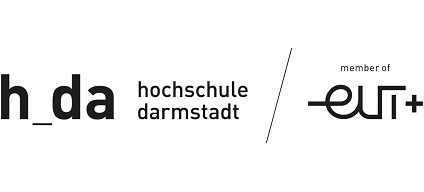Main Content
What should I consider when backing up my data?
Good research data management is also characterised by the fact that you, as a researcher, are prepared as well as possible for a potential loss of data. For this reason, you should draw up a backup plan right at the beginning of your research project, which should ideally also include regular backup routines. The following questions should be answered in a backup plan:
- Which backup tool do you use?
- Of which data should a backup be created?
- Where should the backups of the data be stored?
- How often should backups of the data be made?
You should also regard the so-called 3-2-1 backup rule (see fig. 3). This means that you should always keep at least 3 copies of your data on 2 different data carriers (e.g., a USB stick and an external hard drive) and 1 at a decentralised storage location (e.g. the Hessenbox). It is important that all 3 copies are always up to date with the original file, which is why automated backup routines are best suited. Instructions on how to create automated backup routines with Windows Task Scheduling can be found here.

Fig. 3: 3-2-1 Backup rule
If you work with personal data or other legally sensitive data, please bear in mind that at least the backup at a decentralised storage location involves a backup on a tape that you no longer have any influence over. If you back up your data in the Hessenbox, for example, backups will be made in the facilities of the HRZ (IT service centre of the Justus Liebig University of Giessen). It is then difficult for you to comply with a possible request to delete the data. So please encrypt such legally sensitive data before storing it in a decentralised location. To do this, you can either create a zip folder which you password-protect, or you can use the tools VeraCrypt or Rohos MiniDrive. (What data protection restrictions must I observe?)












